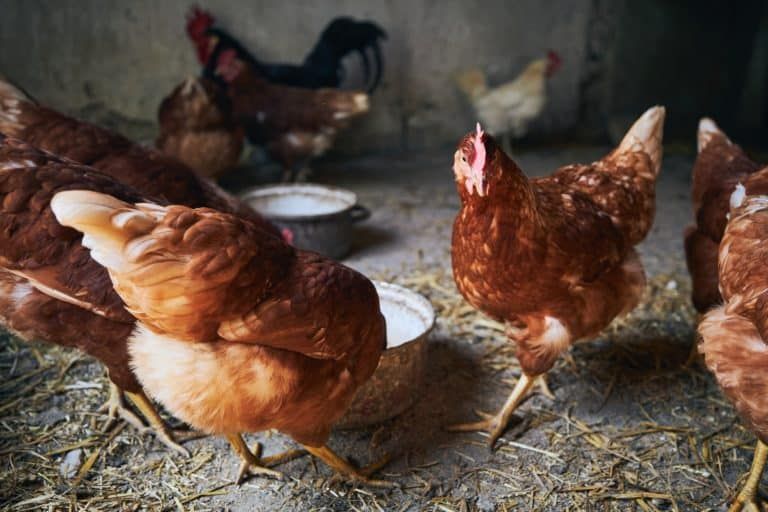How Much Meat Is Half a Cow? [Weight, Cost, and Storage Guide!]
Welcome! This article contains affiliate links, meaning I get a commission if you decide to make a purchase through my links, at no extra cost to you.
How much meat is half a cow? How many steaks are in a cow? As prices continue to skyrocket at the grocery store, many homesteaders are looking for ways to cut costs while still getting all the food they need. In particular, the cost of meat can be prohibitively expensive.
This past summer, we stocked our freezer with a half cow (or half beef if you want to sound like you know what you’re talking about).
While stocking up on meat was something we had long wanted to do, it was tricky to figure out the best way to go about purchasing that much meat and what we should expect in terms of cost and total beef received.
In short, we didn’t know what we were doing or what to expect. After a lot of research and finding the right provider, we finally stocked our freezer with a boatload of beef on a budget!
Here is what we discovered about how much meat is a half cow, how many steaks are in a cow, and how much meat you get.
(Minus all the fuss!)
What’s Inside:
How Much Meat Is Half a Cow?

As a rough estimate, you can expect to get around 200 – 300 pounds of beef in your freezer from half of a cow. This cow beef will consist of cuts like steaks, roasts, and ground beef. However, the specific beef cuts you get depend on how the butcher gets instructed to cut it.
How much meat you get from a half cow also depends on other variables – including the butcher’s cutting style! Here’s what we mean. The vital thing to keep in mind is that every cow is different. Of course, various breeds will grow to different sizes and shapes.
But, like farmers, not every member of the same cow breed has the same shape, musculature, fat content, and size. So, when purchasing a half beef, it is critical to know that the final total amount of meat (and the cost) will be variable depending on the cow purchased.
We also have a ton of other clues to help determine how much meat is half a cow.
Here are our best insights.
What Cuts of Beef Will You Get In Half a Cow?
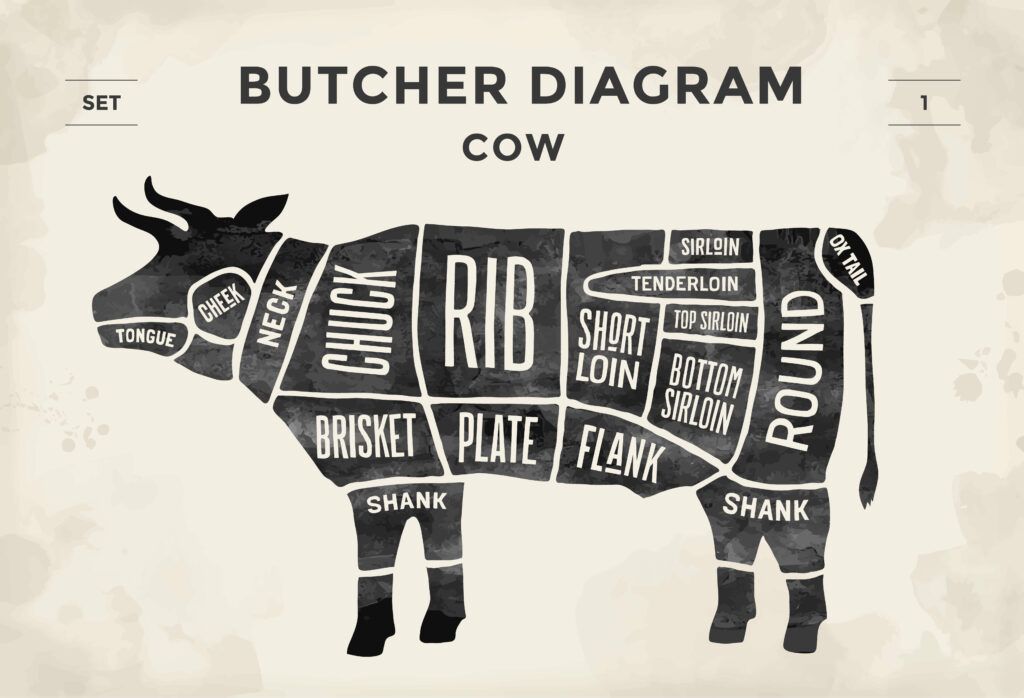
The exact cuts depend on how you want the cow to get butchered. For example, you can’t have bone-in ribeye steaks and a full slab of ribs. There are different ways to slice a beef cow. The butcher’s style can impact and determine the specific cuts you receive.
Overall, you might expect your breakdown of meat to include the following.
- 40 – 60 pounds of roasts, such as shoulder and eye of round roasts.
- 60 – 80 pounds of ground beef and ground chuck.
- Around 100 pounds of steak, including strip steaks, ribeye steaks, and filets.
- Soup bones, stew meat, and beef fat.
If you are used to buying beef a pound at a time, receiving two to three hundred pounds of meat can sound overwhelming!
Many butcher operations provide you with a cut sheet – this is a form that guides you through the process of choosing which cuts you want, giving you a better sense of how many steaks in a cow you can choose from and making it much easier for you to decide how you want your cow to get butchered.
Editor’s Note Regarding Butcher Cut Sheets

We raise our cattle for beef. Our butcher is mobile – he brings out a cold room for hanging and butchers the cattle on our property.
The price you see listed was his price for butchering the entire cow, including the price for the cold room hire. We are now using a different mobile butcher. For sheep, the price is a flat rate of around $65. For cows, it’s a flat rate of $65 + $0.75 per pound.
We figured it should cost us between $4 and $5 a kilo (2.2 pounds) in meat (including bones). However, we raise the cattle for two to two-and-a-half years before butchering. Even though they’re mainly on grass, there are still costs involved, like worming, fly control, additional feed, et cetera.
In other words – the humungous amount of meat you’ll get from a whole cow is insane! We were overwhelmed the first time – we had no idea what to expect.
There were buckets and buckets full of mince. It just kept on coming! We packaged our own and could hardly keep up with the butcher. It’s a different story when the butcher does all the packaging. Of course.
(Be prepared with your freezer space! You’ll need a lot!)
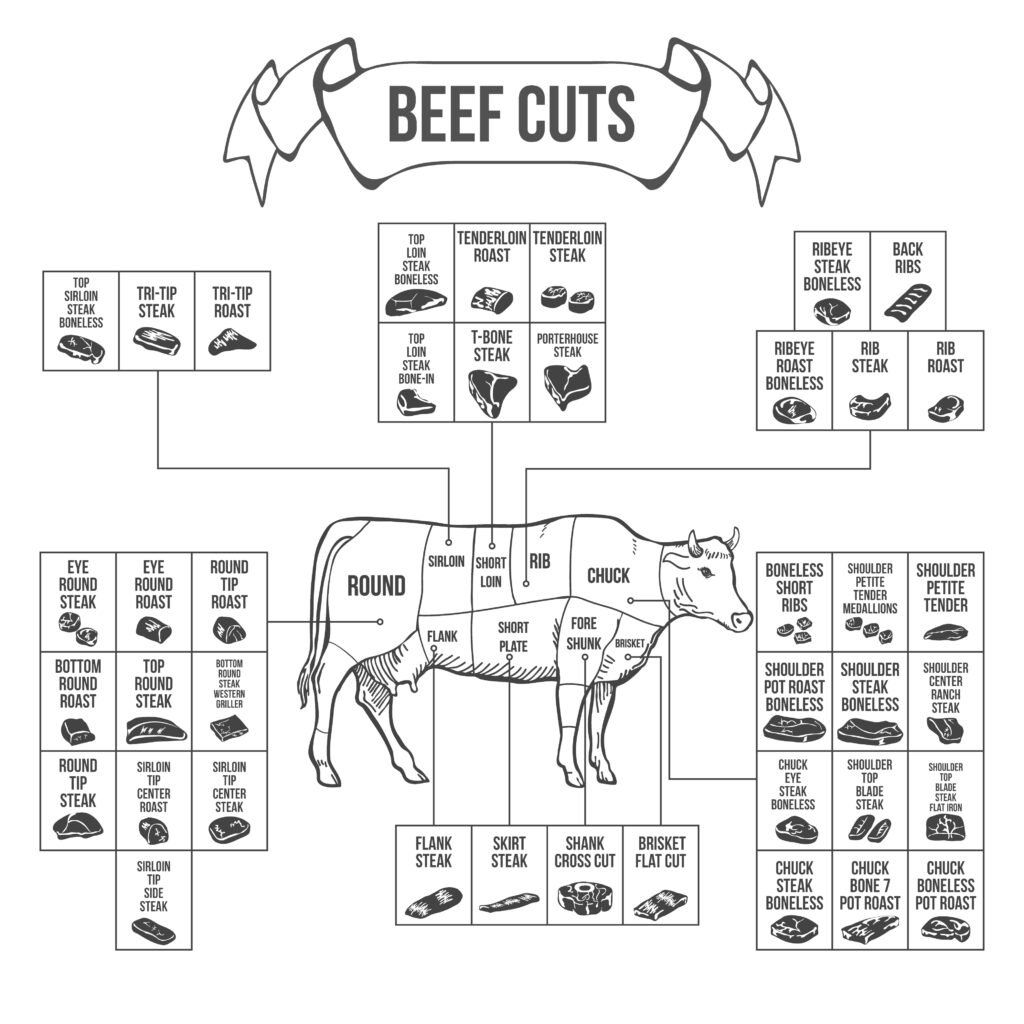
Homegrown meat becomes cost-effective when you raise your calves and lambs (and other farmyard babies). The purchase price for our wether sheep (almost ready for butcher) was about $100. And the steer was $665. We save a lot of money by raising our own.
By the way, just for interest purposes – we ended up with 26 kilograms (57 pounds) of meat from one wether sheep.
Read More!
- 15 Black and White Cow Breeds – Dairy and Beef Cows!
- How Long Do Cows Live on Your Homestead – Beef and Dairy 101
- Rehydrating Beef Jerky – A How-to Guide
- Do Cows Have Horns? Polled Cows vs. Horned Cows!
- Do Male Cows Have Udders? Our Answer Is Utterly Surprising!
Deciding What Specific Cuts to Get
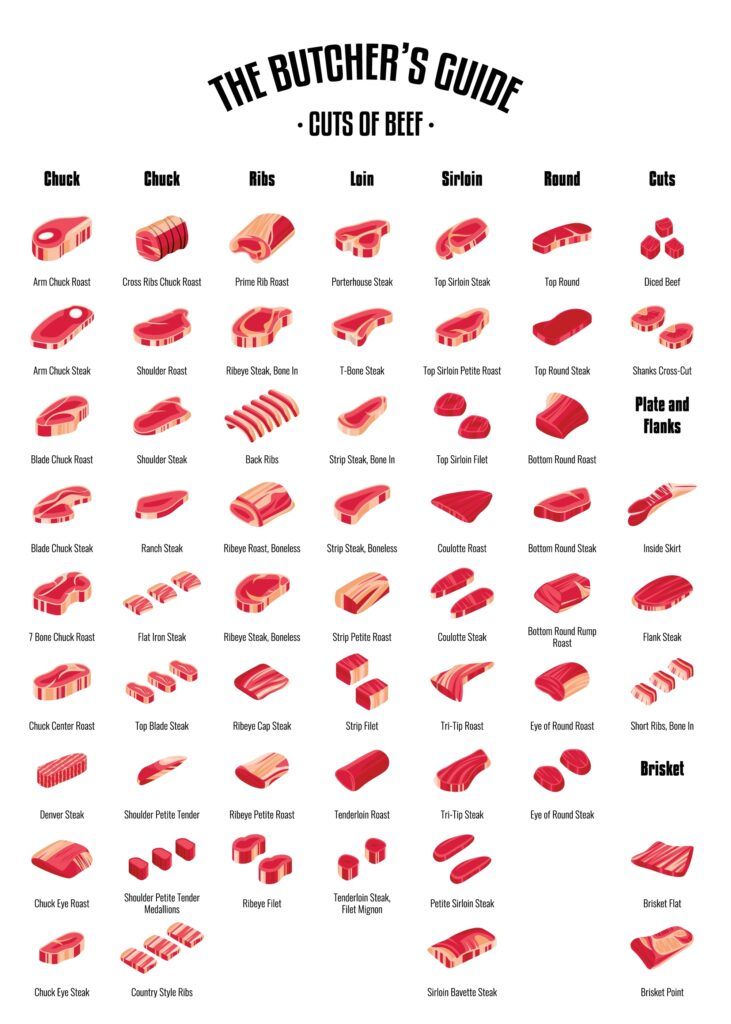
One of the best ways to figure out the exact cuts you need is to ask the advice of the farmer and butcher where you are purchasing your half cow. Depending on how you like to eat beef and how many people you typically cook for will determine what cuts to get.
The beef provider can inform you about possible cow cuts and which may best fit your needs. For example, I live with just my partner, so cooking a four-pound pot roast all at once is a bit too much food for us. When we ordered our half-cow beef, we had our roasts cut into steaks. We still cook them like a roast in our instant pot, but they are the right size for a two-person meal.
On the other hand, if you have a lot of mouths to feed, prioritizing heftier cuts could match your needs better.
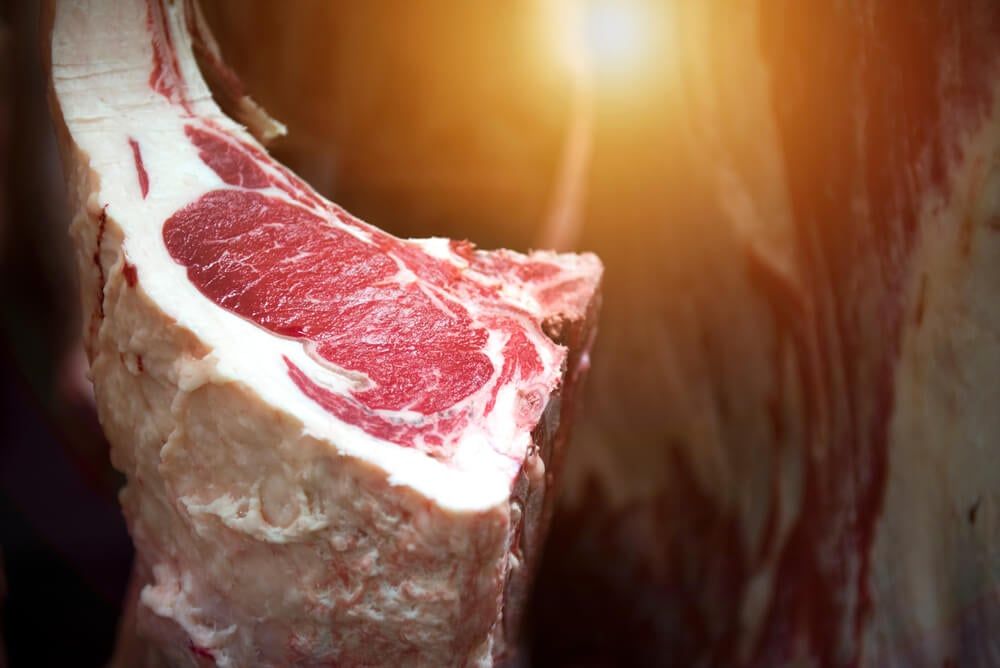
Is Buying Half a Cow Worth It? How Much Does It Cost?
Before we go further, you may think that 250 pounds of beef must cost a lot. While the price tag will be a large sum, the cost per pound will save you money in the long run. You save even more if you eat beef from cows raised healthily and sustainably.
Grass-fed, pasture-raised beef can cost a fortune at the grocery store, so purchasing a half-beef cow can drastically reduce the rate you pay for top-quality cow beef. Typically, a farm will price its half beef by the hanging carcass weight – or hanging weight.
The hanging weight is how much the half cow weighs before being processed and butchered. For example, the hanging weight of a half beef may be around 400 pounds, but after trimming, you may receive 250 pounds of ready-to-cook meat.
Thus, the price of your half beef will get determined by the farm’s rate per pound of the hanging weight. This price will get determined by the market price and the farm’s quality.
This beef cow calculus can feel tricky because we are used to thinking of how much it costs to buy the cuts of beef ready to eat, not the whole cow. I know I got stressed out doing the mental math calculating the price per pound of meat. Since different farm pricing varies, one can expect to pay between $1,500 to $2,500 for a half beef.
Assuming the cow produces 250 pounds of meat, this would range between $6 to $10 per pound. Keep this in mind! Every cut of beef costs you the same rate. So, while $7 per pound may be similar to grocery store prices for ground beef, it is cheap for all the premium steaks you will get from a cow.
The savings are particularly notable if you are getting a grass-fed cow, for which a pound of ground beef at the grocery store will cost more than $10.
It is also possible a farmer may offer to charge you a per-pound rate on the cow beef after it has gotten processed. If this is something the farmer proposes, it can be worth it, as it ensures that you pay a flat rate on the precise amount of meat you put in your freezer. However, most farms will base the price on the hanging weight.
How to Choose the Best Half Cow to Buy?
The first step to buying a half beef is to search for farms or butchers in your area that sell whole and half cows. While you may look to other regions, shipping 300 pounds of cow beef will be incredibly costly and would likely negate much of the savings you would receive from purchasing your beef in bulk.
Search the internet, ask friends, ask around at local butcher shops. When we bought a half beef, it was from a small homestead that sells in our neighborhood.
Word-of-mouth is often the best way to find a reputable farm to purchase meat. After identifying a farm, it is good to ask how the cows get fed. Grain-fed cows will tend to be larger and fattier, but cows evolved to graze on grass.
Grass-fed cows may be a bit pricier, but the trade-off is a happier and healthier cow. Some people find the taste of grass-fed beef a bit gamier than grain-fed. If you have never tried grass-fed beef, you may want to purchase some to try before committing. Some farms will grass feed and then grain-finish their cows to get the benefits of both feeding strategies.

Does the Cow Breed Matter?
There are many breeds of cows! And they all have their distinctive characteristics. It will likely depend on what local farms around you offer, but it is good to know about different breeds of cow you may be able to consider.
- Aberdeen Angus cows are quite a popular variety because they grow large quickly (reducing feed costs) and can thrive in harsher weather conditions.
- Hereford Cattle are perfect because they tend to develop muscle mass in areas considered to be valuable cuts.
- Beefmaster is another popular breed that efficiently puts on weight. They are excellent for both large-scale and small-scale farming operations.
We don’t stress much about the cow breed when buying a half beef. Instead, we try to verify that the cow gets raised ethically, humanely, and cleanly. But we also consider the cost!
Overall, the less feed a cow needs, the cheaper it will be. The most popular breeds for farmers are those that eat the least. However, there are more breeds out there than can be kept track of, and the best advice I can give is to ask each farmer what makes their cows the best.
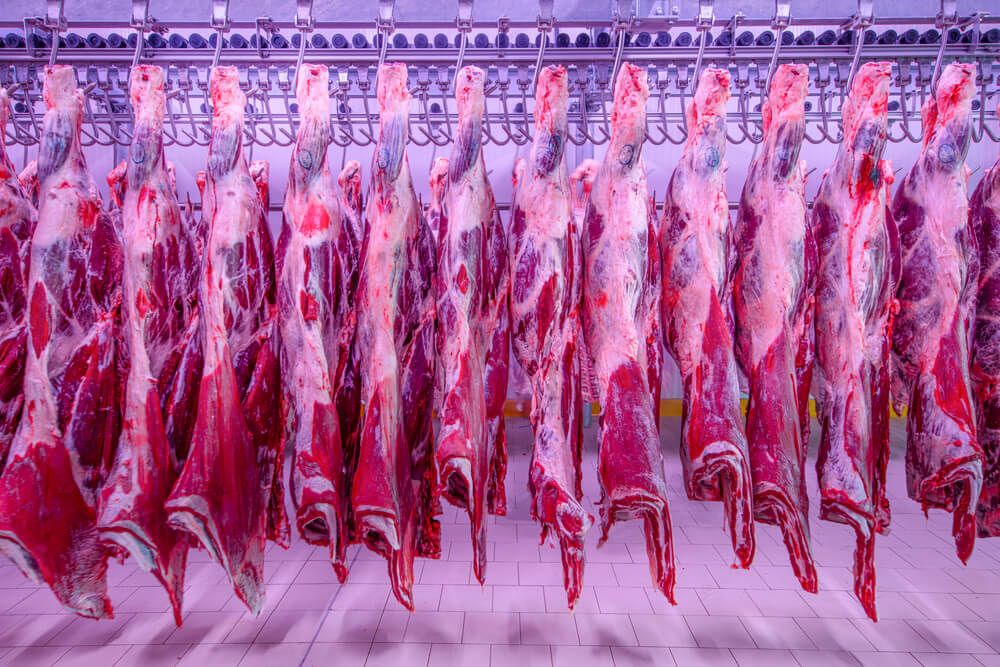
(If you can see their cows grazing freely in a field, and if the cows look healthy and happy, then that rancher gets bonus points for treating their animals well!)
Especially with small-scale farms, the farmers are almost always deeply passionate about their cattle and are the best people to tell you what makes their cows worth eating!
Here are a few rarer types of cattle you may want to keep a look out for:
- Charolais cows come from France. They are famous for excellent meat and leather.
- Brahman cows have a distinct hump on their back that helps keep them cool. This ancient breed gets prized for its versatility and because it is resilient to climate and disease.
- Texas Longhorns are one of the most distinctive cattle breeds. If you are looking for lean beef, no cow is better than the Longhorn.
- Scottish Highland cows have the best hairdo in the bovine kingdom and do particularly well in colder climates. If you enjoy a fattier cut of steak, this may be the cow for you.
How Will the Beef Get Packaged?
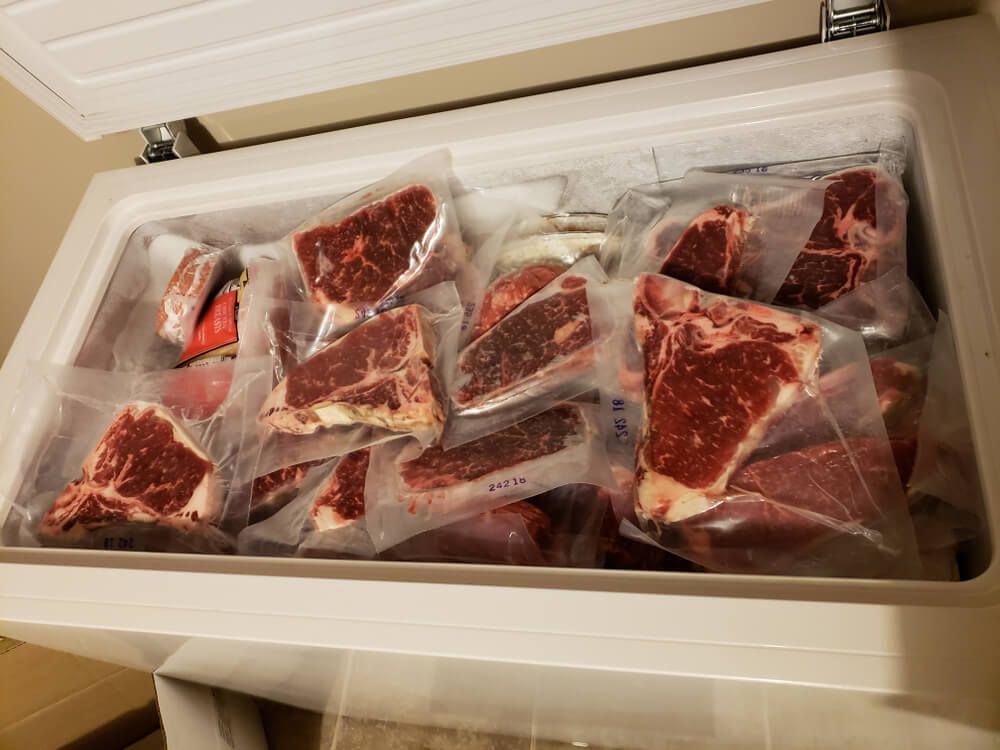
Once the cow has been slaughtered and weighed, it gets sent to a butcher for processing. Some farms have a butcher in-house, whereas many will partner with a local butcher shop to handle this process. While butcher practices vary, cuts of beef get packaged for long-term storage.
Cuts will either be vacuum-sealed or wrapped neatly in butcher paper or both. Butchers will take the required steps to ensure that your cuts of beef will store well in your freezer. They know that not all of it will get eaten immediately.
If you are unsure how the cow beef will get packaged, and if you want to know before you pick up your beef, the best thing to do is ask! The farmer or butcher will be happy to let you know how they will store your food and provide available options to suit your needs.
How Big of a Freezer Do You Need?
For a half beef, we recommend that your freezer is at a minimum of eight cubic feet in volume. Having at least 12 cubic feet of storage space is perfect. That way, you can have additional space to freeze other foods – if you find a reliable local farmer for your half beef, they will likely know which farms in your neighborhood you should go to for chicken, pork, and whatever else you need!
Storing & Eating Your Half Beef
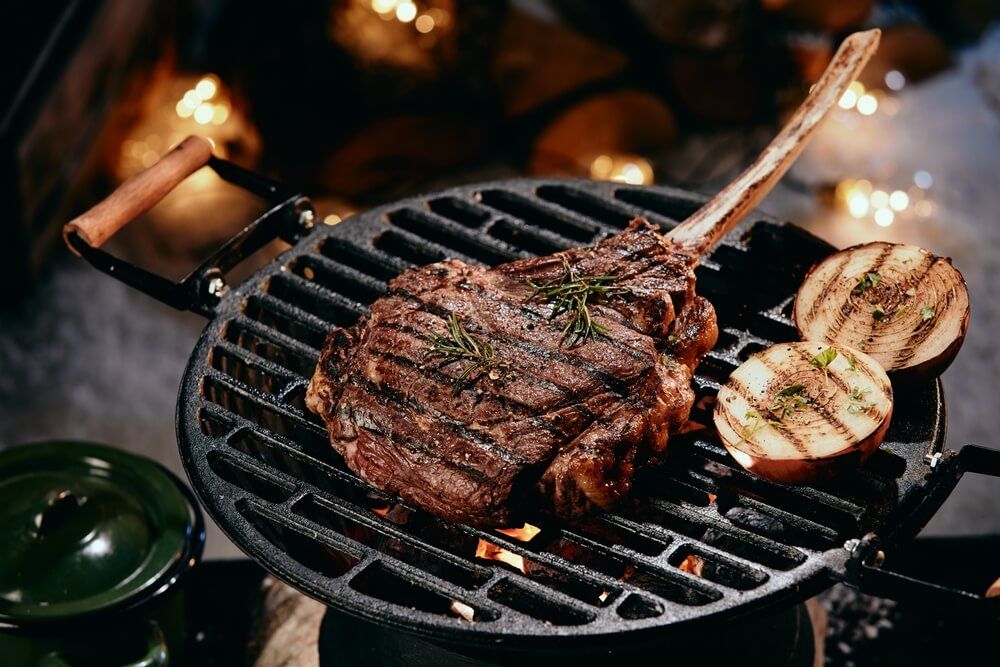
Once your freezer gets stuffed with half a cow, you pull out cuts of meat as you are ready to eat them. One of the exciting parts of getting a half beef is that you will end up with cuts from every part of the cow.
Using various beef cuts opens up exciting culinary opportunities to cook new foods and experiment in the kitchen! Don’t forget to use the bones to make soup – ox-tail and barley beef are two of our favorites. And make sure to get the tallow (beef fat) too. It is excellent for frying veggies or making homemade French fries.
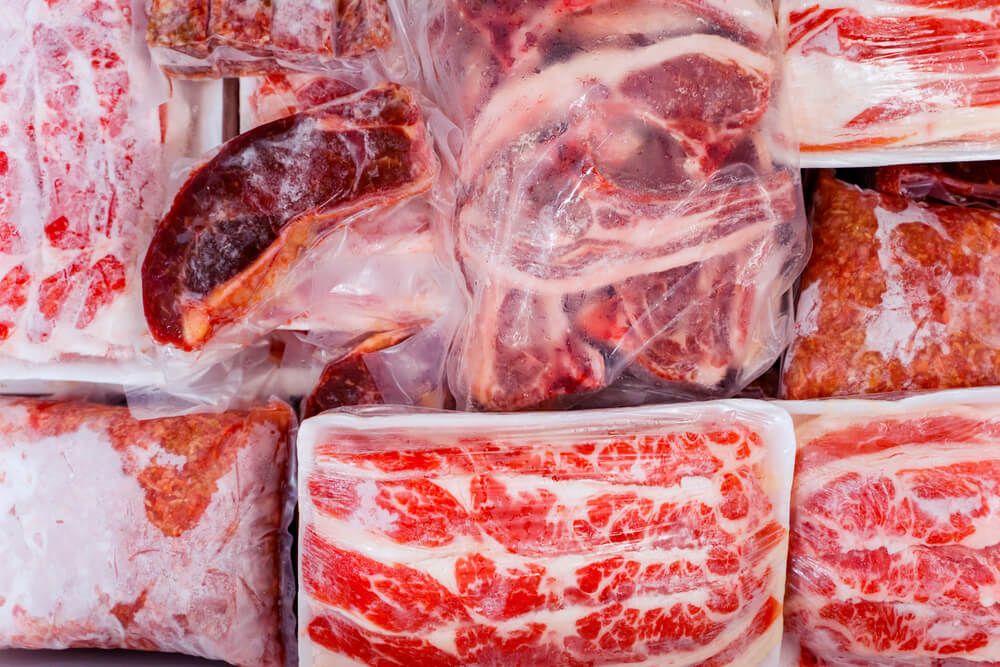
Conclusion
We know that calculating how much meat is a half cow feels daunting. It’s even trickier if you’re a new homesteader without much freezer space!
However, we hope our half-cow-buying guide helps you.
If you have further questions about buying half-cows, calculating beef meat, or long-term cow meat storage, don’t hesitate to ask!
We love cattle ranching and everything that goes along with it.
We’re happy to help you!
Thanks again for reading.
Have a great day.
And happy ranching!
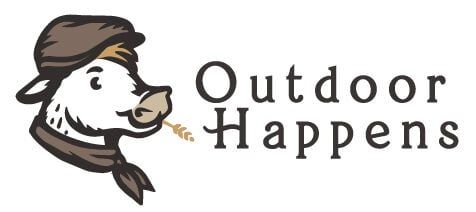
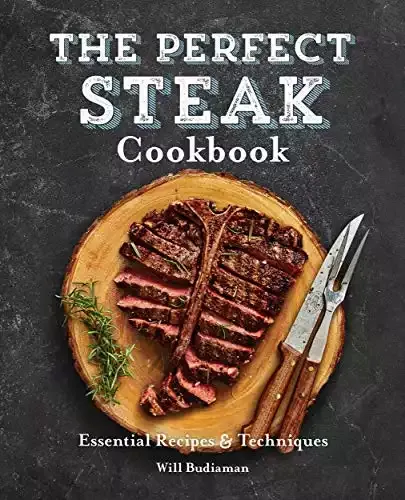
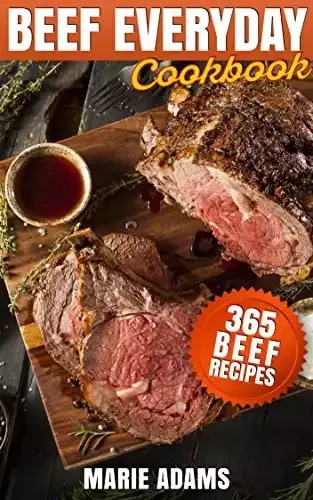

![9 Homemade Treats for Chickens [Super Easy DIY Recipes!]](https://69be7209.flyingcdn.com/wp-content/uploads/2021/10/easy-chicken-treats-diy-768x511.jpg)

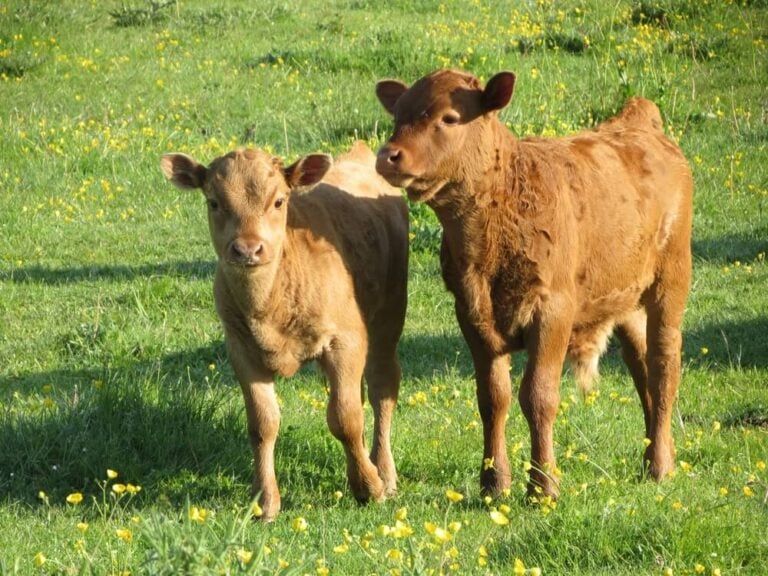

![Do Chickens Need Light at Night to Lay Eggs? [and Do Chicks?]](https://69be7209.flyingcdn.com/wp-content/uploads/2022/03/laying-hens-inside-coop-with-fresh-eggs-basket-768x512.jpg)
